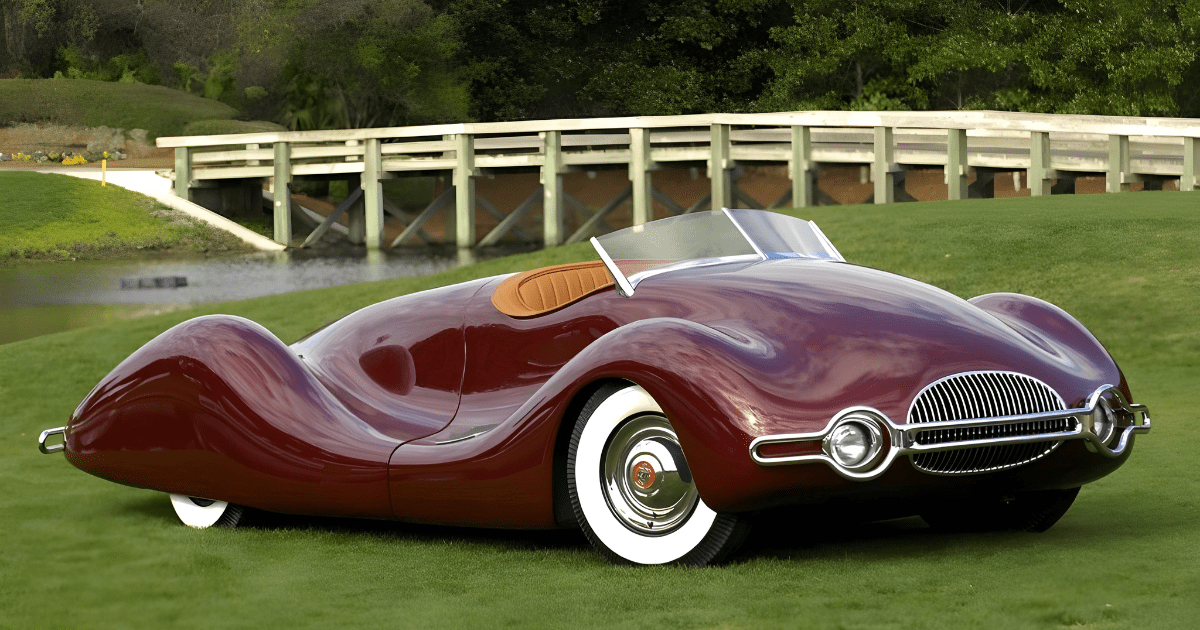
The Porsche 356, a renowned performance car born from the Volkswagen Beetle, is often celebrated as one of the most iconic vehicles in automotive history. However, before the Porsche 356 emerged, an unexpected source—the Luftwaffe—played a role in producing another notable vehicle: the ‘courier car.’
This vehicle was based on the original Volkswagen, known as the KdF Wagen Typ 60, which was in production from 1937 to 1944. The Luftwaffe sought a swift, small courier vehicle that was light, reliable, cost-effective, and easy to maintain, leading to the development of the courier car.

The design of the courier car was led by Kurt C. Volkhart, a German designer renowned for his innovative approach to automotive engineering. Volkhart, born in 1890, had a history of pioneering designs, including the development of the first rocket car for Opel in 1928. His interest in aerodynamics and automotive design led him to conceptualize a small, affordable sports car—the two-seater V1, which aimed to revolutionize the automotive market with its innovative design and performance.

Powered by a rear-mounted 1,172cc engine producing 32bhp, the V1 boasted a claimed drag coefficient of 0.165, allowing for impressive speeds of up to 138km/h (85.7mph). Although modern recalculations have adjusted the coefficient, subsequent versions of Volkhart’s design, such as the V2, tested in Volkswagen’s wind tunnel in 2013, achieved an equally impressive coefficient of 0.216.

Despite the interruptions caused by wartime constraints, Volkhart’s project resurfaced in 1947 with support from Sagitta, a German engineering company. The new iteration, known as the V2, was based on a Volkswagen chassis that Volkhart had acquired during the war. Unlike the V1, which was a two-seater, the V2 could accommodate four to five passengers, making it more versatile for various transportation needs.
However, despite its promising design and capabilities, the V2 never reached series production, partly due to Volkswagen’s reluctance to supply chassis for the project. Nonetheless, the construction of the V2’s aluminum body was carried out by Helmut Fuchs in Niederwenningern, Ruhr, with additional work conducted by Hans Daum’s body shop.

While the V2 may not have achieved the same level of commercial success as the Porsche 356, its significance lies in its innovative design, which showcased Volkhart’s forward-thinking approach to automotive engineering. Although it remained a prototype, the V2 represents a fascinating chapter in automotive history, demonstrating the ingenuity and creativity of designers during a period of significant technological and societal change.




